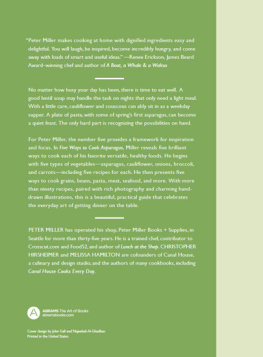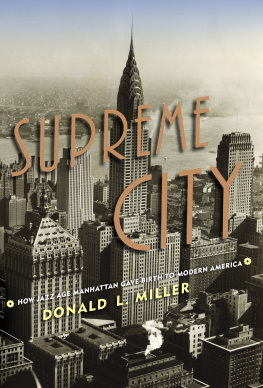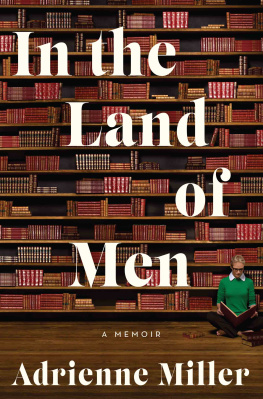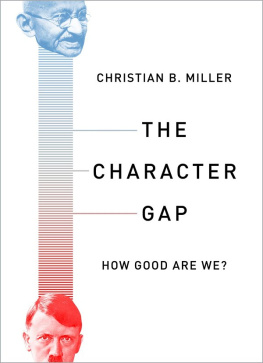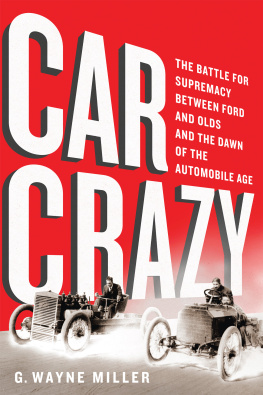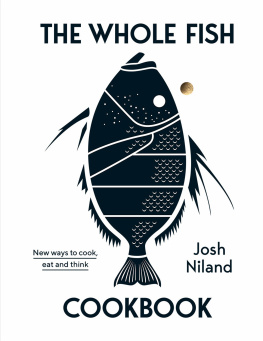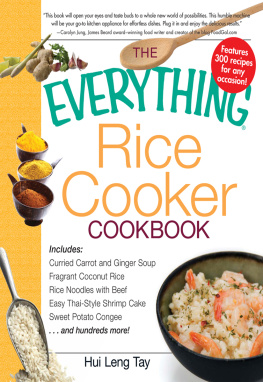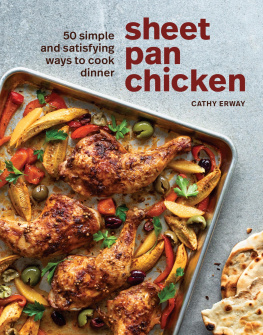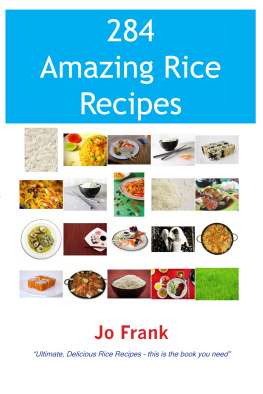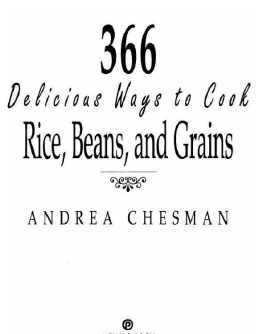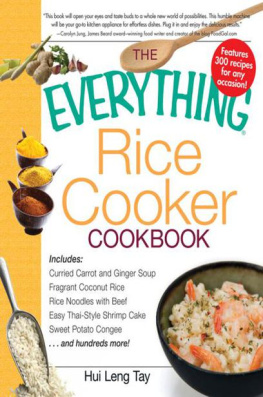

CONTENTS


PREFACE
Heading Home
We are going to eat at home. There may be no time to shop. You may not have thought about what to make. There may be parts and pieces, but no plan for how to use them.
This is a cookbook for workdays. It offers ideas for getting dinner started, getting it done that evening, and keeping it going day after day.
I cook seven days a week and need a cookbook that can handle that kind of schedule. I need to be able to improvise and make do, and at the end of the day, I need to be pleased with the meal. And pleased to cook it.
INTRODUCTION
Making Dinner
This is a book about making dinnerabout making it in real time and preparing it under real conditions. The meals are obviously important, but often there is no time to do careful shopping, planning, or preparation. There may only be time to get the meal ready.
I own a bookshop near the Pike Place Market in Seattle, and depending on the season, the days can begin early and they can go a little late. Often, I walk through the market on my way home; just as often, the purveyors are already packing up when I get there. I missed them in the morning, and I missed them at night. It is lovely to have an afternoon to talk to the butcher and to go over what is in and what is out with the fruit and vegetable people. But it is not always possible. Sometimes, you must simply cook and make do. Sometimes, there are no roasts, fish, or chicken at the ready, but there is still a dinner to be constructed.
No matter how busy or crisscrossed your day has been, there are ways to eat well. A good soup may handle the task on nights that only need a light meal. With a little care and attention, asparagus and rice can ably sit in as a weekday supper. A plate of pasta, with a few details, may seem a quiet feast. The hard part is recognizing the possibilities on hand.
My staff and I prepare lunch every day at our bookshop. My first cookbook, Lunch at the Shop, distilled our experience into a manual, detailing how anyone can eat lunch well, even during busy workdays. But now I want to focus on dinner, at the end of whatever kind of day you might have had.
A cookbooks job is to cook. That is what Five Ways to Cook Asparagus means to doto help you get meals ready by offering inspiration, advice on preparation, and encouragement to enjoy the process and the meals.
Where to Start?
For most days it is an honor to do the cookingto be the cook. There are the obvious difficulties of supplies and provisions, of new seasons and new products, of having the time and having the will. Often, the true difficulty is the sense of what would work, what would be best, what would be appropriate, and what we should have.
It is the task of where to begin. One thing may lead to another, but first you need some inspiration. On some days, it might be chicken or fish. On others, a soup or a salad. You need the start of a trail, a place to begin, and then the details can unfold and make some sense.


For me, the entry point is rarely a big bird or a long steak and more often a detaila tomato coming into season, a wild mushroom, chives, basil, fresh corn, a variety of lentil I have not tried, or even a new source for dried beans. A single ingredient can provide a spark of inspiration, and then cooking seems to lose much of its burden. It gathers momentum. To get a meal prepared, you must work with ingredients, time, and inspiration. They are your terms and, with some luck and care, your most crucial allies.
Cooking by Fives
I do not stack recipes on end, like dominoes, to take me through the week and weekendthat, to me, would be an assignment. Instead, I begin with some questions: What can I get, where are we, what is the season, what is the weather, what is the mood? How much time will I have to cook, to shop? What would please me, and what will please the people for whom I am cooking?
And then I can start to figure it out. It may be a seasonal detailspinach, for example, that I rarely think about except in the spring, when it is so subtle and fresh that it can be added to nearly everything. It may be the weatherthe comfort and endurance on a cold day of cannellini and cranberry beans, which can make a meal by themselves or accommodate multiple variations. It may be convenienceI know a prepared bolognese sauce can be added to just about everything and so will make my cooking half the task. That can be a great help during busy weeks.
Help may come from many directions. I know that from a good roasted chicken, two or even three wonderful meals will directly emergea chicken and leek soup, a creamy risotto, and a roast chicken panzanella, for instanceand there are even a couple of lunches to be pulled from it.
I know that shellfish are at their best in the winter, that asparagus should be played all spring, that true wild mushrooms can lift ones spirit and ones pasta, that fresh tomatoes should be celebrated every day they are available, that toasting day-old bread can carry an entire meal, that a good cookbook can be more important for its optimism than its recipes, that parsley is as obvious as a cotton pillowcase, that good food is healthier than bad food.
Five Ways to Cook Asparagus celebrates this kind of knowledge: the importance of the details, and how to best use particular ingredients. Organized around the number five, this book is inspired by a hypothetical five-day work-week. The number five is our boundary, offering a plan to make the best use of your time, your materials, and your interest in good and healthy food. There are many possible directions, but our map begins from five points.
The number five is a solution. You have workdays to plan for and, typically, little time to do the planning. The best help, in my experience, is to have a few quick, tried-and-tested pathsways that you can react to both the food you might have on hand and the food that has suddenly come into season. Once you get the optimism of a few ideas, the rollout of each meal is less imposing. It is a task of starting out as much as it is a task of cooking.
The intent of focusing on certain foodswhether asparagus or broccoli, cauliflower or lentils, rice or beansis to make each one fundamentally clear and to bring each one alive, strengthened with the details of its history and its natural gifts. The set of foods in the pages to follow was carefully selected. They are the important items to have in your larderdelicious and versatile ingredients with which to build a relationship. They make a powerful, adaptable arsenal.
I am not trying to make anything simpler. I am trying to make it possible and more of a pleasure. If you can make this recipe, then you can make another, and if you can do that, then ten more things will come to mind.
Next page
